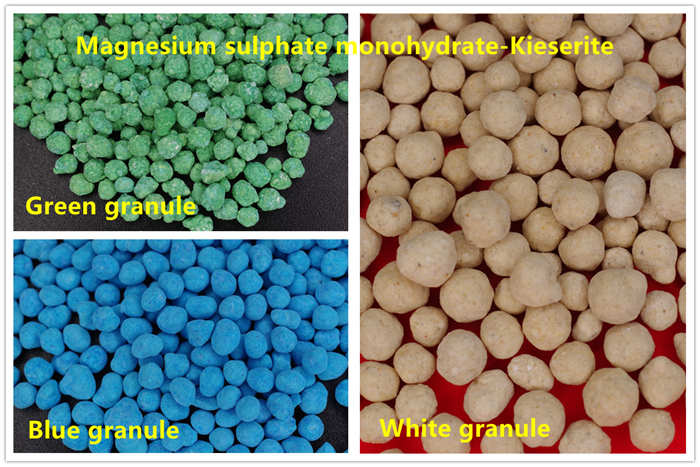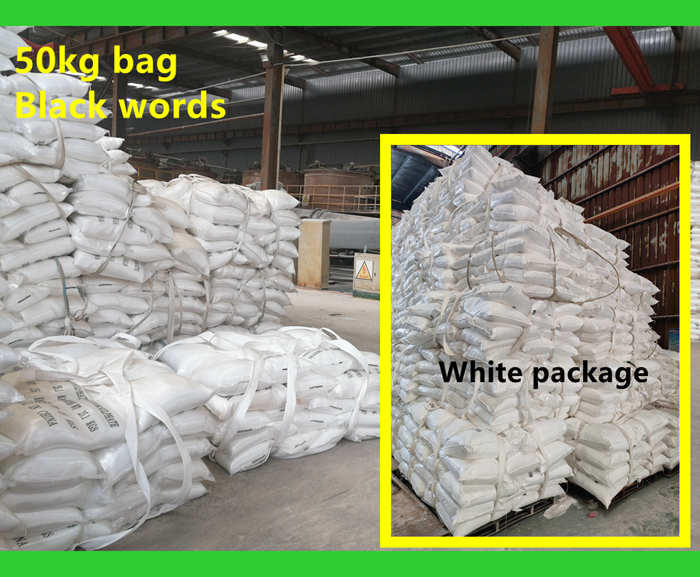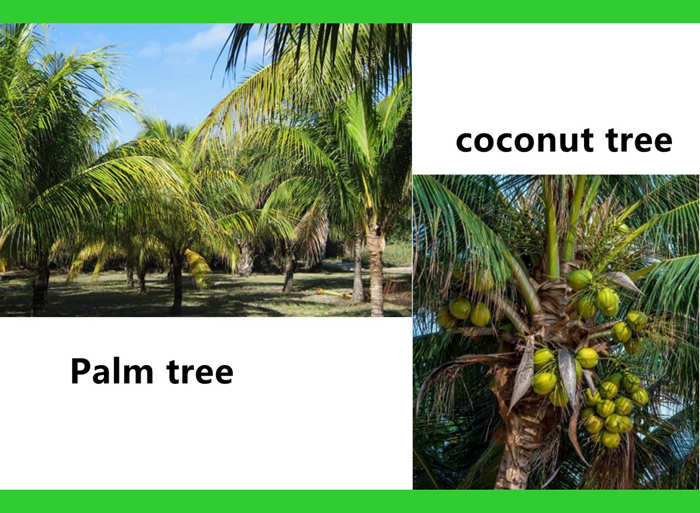Name: Magnesium sulphate monohydrate
Other name: Kieserite (magnesium sulphate fertilizer benefits)
Size: 2-5mm
Other size: Powder of 10-100 mesh; small size 0.1-2mm
Color: White color
Other color: Green color or blue color
Basic information:
Name: Magnesium sulphate monohydrate
Other name: Kieserite (magnesium sulphate fertilizer benefits)
Size: 2-5mm
Other size: Powder of 10-100 mesh; small size 0.1-2mm
Color: White color
Other color: Green color or blue color for these two color MOQ is 300 tons
The annual output of the factory is 25000 tons, and the monthly inventory of 300-500 tons is guaranteed

Package:
Common package is 50kg bag.
For this package can load 25 tons in 20 FCL.
We have a large stock in factory.
Port: Tianjin port; Qingdao port; Dalian port

Magnesium sulphate fertilizer benefits application:
Magnesium and sulfur are essential growth elements in the growth of animals and plants.
For agriculture: The main element of chlorophyll synthesis: magnesium plays an important role in chlorophyll synthesis and photosynthesis as the central element of chlorophyll a and chlorophyll b. Only when magnesium atoms combine with chlorophyll molecules, can they have the necessary structure to absorb light quanta and effectively absorb light quanta for photosynthesis.
Protein synthesis: The stable structure of ribosomes can be guaranteed, providing a place for protein synthesis. About 75% of magnesium in leaf cells is directly or indirectly involved in protein synthesis through the above functions. Magnesium is necessary for stabilizing ribosome particles, especially polyribosomes, and for functional RNA protein particles to synthesize proteins in sequence from amino acids and other metabolic components.
When plants lack magnesium, the most obvious performance is the decline of chlorophyll content, yellowing leaves, short and so on. The symptoms of magnesium deficiency often appear on the old leaves first, and gradually develop to new leaves. In severe cases, the leaves fade and appear stripes, especially the necrotic spots at the tip of the leaves. Therefore, when magnesium is deficient, the plant is short and grows slowly. When it is found, it is already serious.
